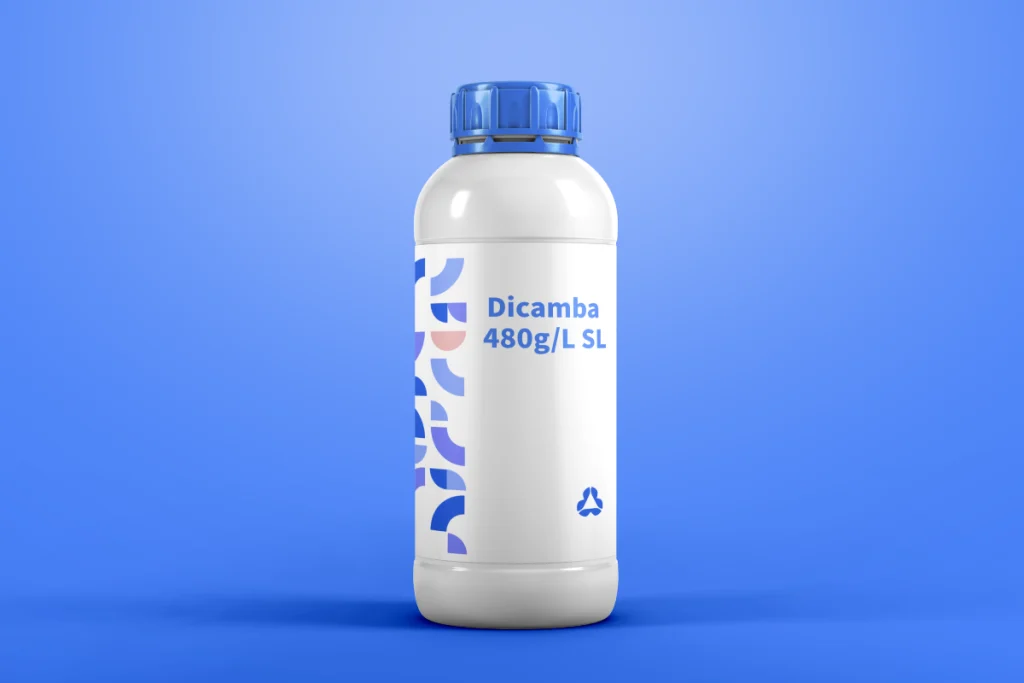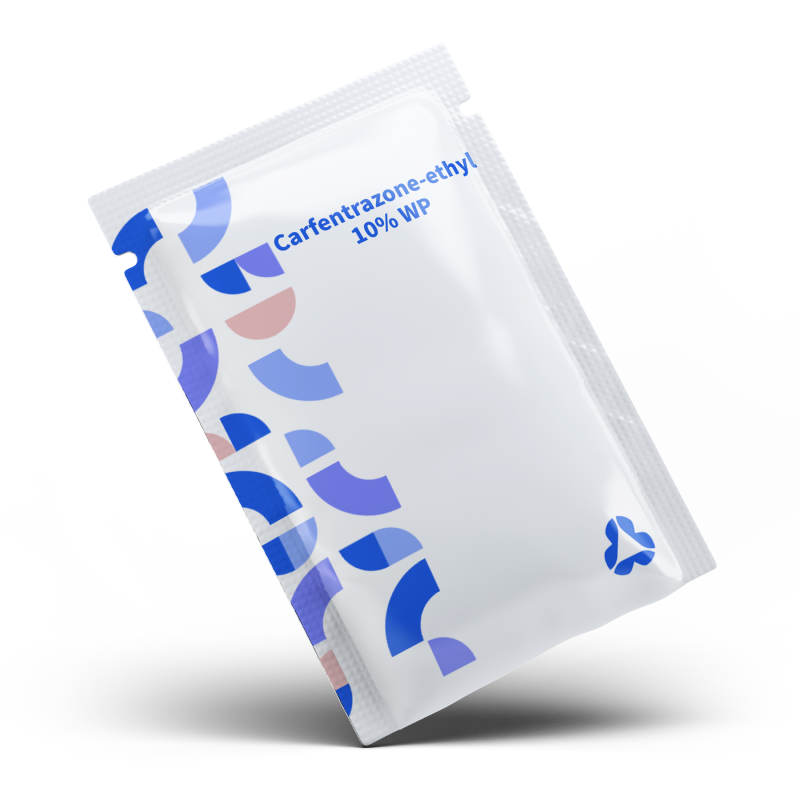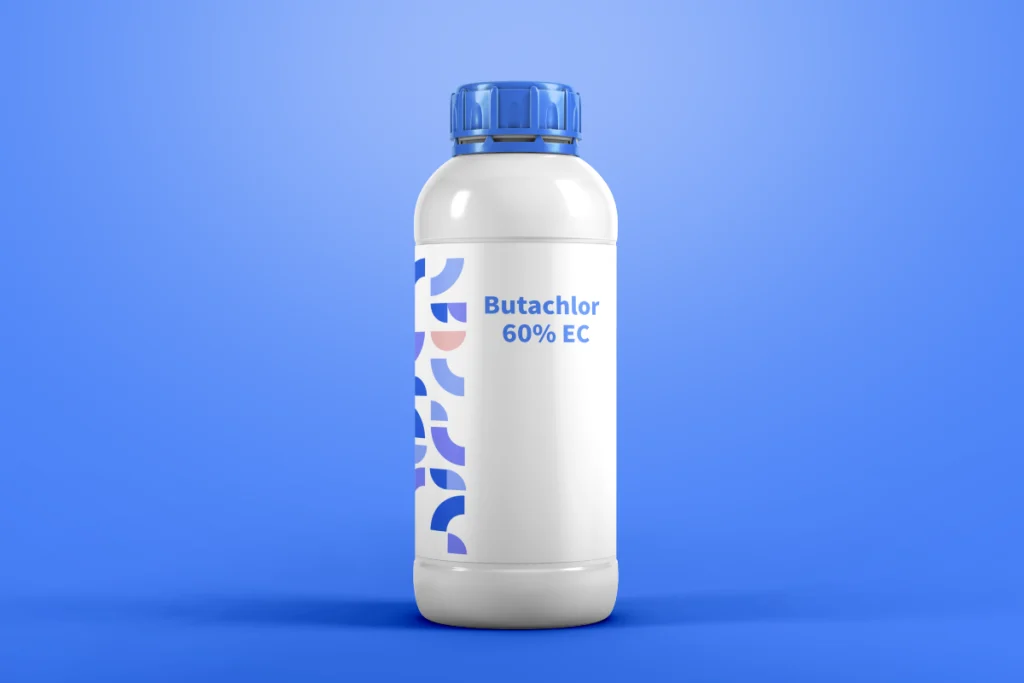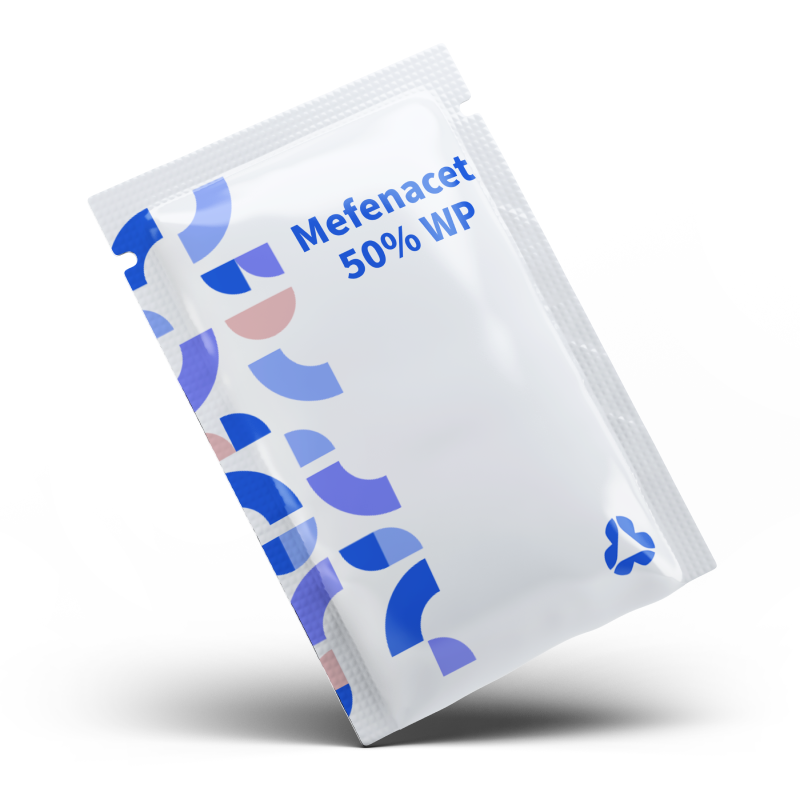Carfentrazone-ethyl 10% WP: A fast-acting, low-toxicity wettable powder herbicide targeting broadleaf weeds in cereals, rice, and corn. Known commercially as (Kuaimieling), it delivers rapid desiccation of resistant weeds within hours and is globally registered for integrated weed management systems

Dicamba 480g/L SL: Selective Broadleaf Herbicide for Crop Systems
Dicamba 480g/L SL (Soluble Liquid) is a systemic selective herbicide formulated with 480 grams of active ingredient per liter, designed for post-emergent control of broadleaf



